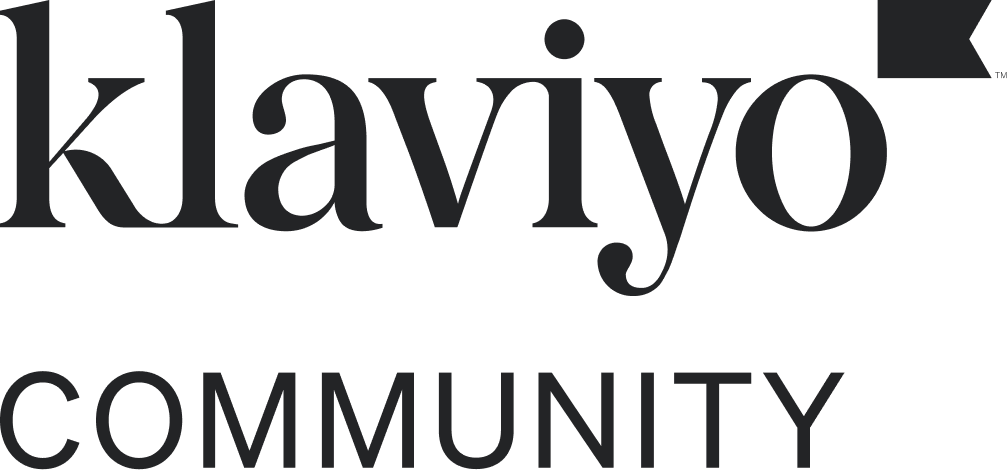Hello @Benjamin at GROWTH Croissance,
Interesting use case! We typically hear members wondering the inverse - two ecommerce stores with one Klaviyo account.
Klaviyo works best in a 1:1 integration. Although it is possible to have one ecommerce store connected to two separate Klaviyo accounts, you’ll still run into the same limitations with the inverse setup. Some of the more common issues include:
- Metrics not aligning or mis-recorded
- Users aren’t added to the correct list
- Signup forms not displaying
- Most importantly, profile/contact management issues
Instead, I would suggest keeping everything in one Klaviyo account and use lists and segmentation along with profile properties/tags to differentiate your b2b and partners. This is a common practice with a number of our members who work alongside b2b and b2c customers.
Alternatively, you could achieve your goal of having a separate Klaviyo account for these customer types by connecting the Klaviyo account to your Shopify store using a custom integration rather than our native Shopify integration method. Using a custom integration setup will allow you to control the types of data that get synced over. This way, instead of all the default Shopify events and data that gets synced over, you can build your integration to only pass over the data you need or want to record.
If you do end up going this route, I would also highly recommend setting up and using a dedicated sending domain for both accounts as well. It’s likely that inboxes will start identifying your emails as potential spam since it’ll cause a misalignment and deemed suspicious.
I’ve also included some past Community posts below that I think could be helpful to review:
I hope this helps!
David




![[Academy] SMS Strategy Certificate Forum|alt.badge.img](https://uploads-us-west-2.insided.com/klaviyo-en/attachment/2f867798-26d9-45fd-ada7-3e4271dcb460_thumb.png)